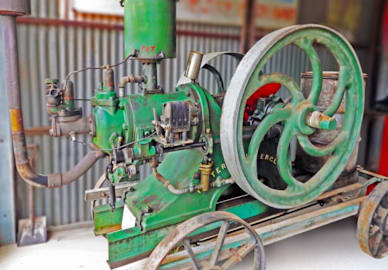As discussed in a previous article in issue #196, ‘Foden Wagons on the Western Front WW1’, the Foden company’s, Elworth Works at Sandbach, Cheshire, in the north-west of England, which was not so far from the big engineering metropolis of Manchester, produced steam road wagons for the military in major numbers during this era. However, they also had an interesting connection to the German Zeppelin used during World War One.
They were highly regarded for their design, quality, robustness, and free steaming in the hands of a skilled driver naturally, with coal being the preferred fuel. A number survive in preservation today in Australia.
Looking though my collection of early transport photos, I came across a very interesting view of one of their wagons at their works yard in Sandbach. (Pic 1) It shows a wagon, Build No. 6230, in 1916, painted in standard military grey.
At the time this photo was taken, I would suggest the wagon had just been out-shopped from the erecting shop and was undergoing road trials, judging by the soot at the top of the smokebox and the cover on the top of the engine’s compound motion.
Standing in front of this machine is the world-famous Foden Motor Works Brass Band in their very smart Prussian-style uniforms which were purchased new in 1913 (they were disposed off during the war owing to the German connection, and after which new uniforms were purchased), together with a number of military personnel standing at each end of the throng with their bayonets fixed to their rifles.
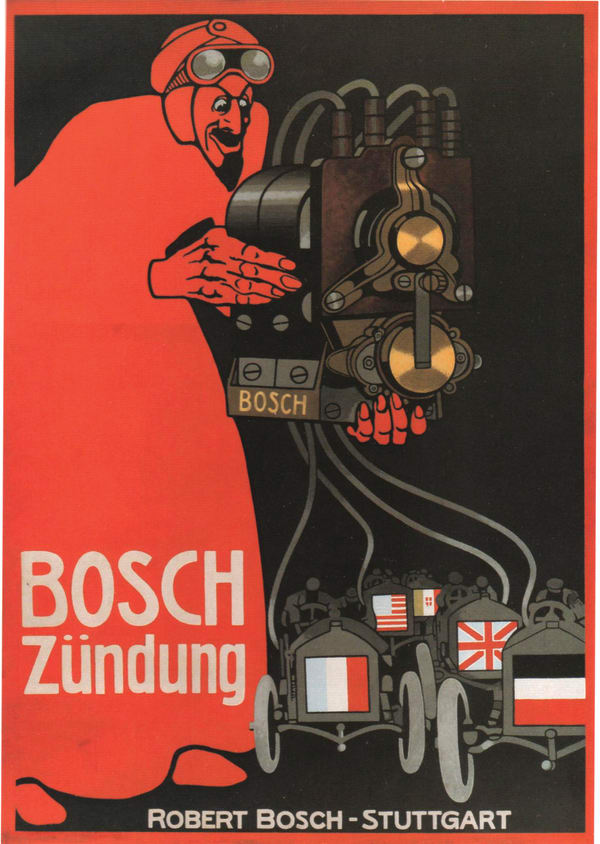
Luckily, there is a date in the view to indicate when this event was, namely, 27th May 1916, at the Sandbach Festival when this wagon, with a montage of a German Zeppelin (L15 though also known as LZ15) mounted on its rear, was a star in the parade – the Zeppelin was complete with under-slung gondolas with machine guns.
This Zeppelin display was awarded a first prize at the time, with the montage having been made at the Foden Works by the joiners in the woodworking shop. It will be noted the Zeppelin has several noticeboards fixed to the gondolas – with the legends, ‘Hun Kultur’ (Murder and Pillage) and ‘Baby Killers’. This refers to the many raids made by zeppelins, mainly on London and East Anglia, during the early part of World War One, dropping bombs on small towns and villages, though other parts of England were also raided, as was Scotland.
The first place to be attacked by Zeppelin LZ4 was the north Norfolk town of Kings Lynn and the coastal resort of Great Yarmouth in January 1915 and in June, respectively. Further up the coast a large raid was carried out later in this year on the city of Hull. These raids killed a fair number of civilians including children and caused great anger and distress amongst the English population, with the total known to have been killed just over 500.
The propaganda war was raised to new heights by these German actions. The festival, held on the day of this photo in May 1916, (which still continues today) raised £538, and after expenses were deducted, £371 remained, of which £300 was donated to the Young Men’s Christian Association (YMCA) for a comfort hut at the rear of the war front in France - it was named the Sandbach Hut.
Incidentally, there were many such associations in Australia at this time who also raised money for similar huts and sent supplies to the Australian Infantry Force in France and Belgium in World War One. Foden wagon 6230 was despatched from the works on 6th June 1916 to an order of the Admiralty, and delivered to the famous Royal Naval Dockyard, Chatham, Kent.
Zeppelin L15
In 1908, Graf Ferdinand von Zeppelin (1838-1917) founded Luftschiffbau Zeppelin GmbH in Friedrichshafen, on the shores of the Bodensee (lake) in southern Germany, which would be the company’s base and headquarters for the next 29 years.
He was able to found the company as the result of a spectacular fundraising campaign in Germany following a storm in which his fourth airship was completely destroyed. The Zeppelin airships were a source of huge national pride. He had been connected with airships for some years previously.
By 1916, Zeppelin raids on England continued apace, and on the night of 31st March, a flotilla of four ships took off from their base at Nordholz Naval Air Base, near Cuxhaven, and crossed the North Sea with the intention of bombing London - L15 was part of this raid and commanded by Lieutenant Commander Joachim Breithaupt who was on his first raid over England - it was the only ship to get directly to its target.
She was fitted with the new type Maybach HSLu high compression 240hp petrol engines but they were found to be troublesome and returned to the Maybach Works at Fredrichshafen, close by the Zeppelin facility. The engines were worked on and modified, refitted and were ready for service by March 1916. Maybach Motor Works had an intensive and exhaustive training programme at this time.
Trainee flight engineers were seconded to the Zeppelin and Maybach works for a three week specialist course. A test was given to these men after the three weeks, and only the best got though, and they were known to be very, very good!
Dr Hugo Eckener who trained these German Naval crews, would later become world famous with his long distance international flights in the Zeppelins. He was a superb and highly skilled navigator but was not a military man. The L15 arrived over London on the night of 31st March and bombed targets right in the heart of the capitol, with a loss of 17 lives. When L15 had completed its London bombing mission, it turned for home following the river Thames eastwards, over the Kent town of Dartford. Now heading towards the north sea, she came under intensive anti-aircraft fire from batteries on the ground, including Purfleet in Essex on the north side of the Thames.
L15 suffered extensive puncture damage to its gas bags from shrapnel, though fortunately did not catch fire as so many Zeppelins did. It was now the morning of 1st April 1916, and L15 was slowly losing gas and therefore as she was sinking towards to the sea, her engines were not running smoothly. The commander had to ditch in the Thames Estuary some 10 plus miles off the coast from Margate, on the north Kent coast, where I live.

Of the crew, one was killed, though 17 were taken prisoner by the armed trawler Olivine, from which they were later transferred to the destroyer HMS Vulture who was tracking her as well as the Royal Naval Air Service who had two important bases nearby. The race was truly on to salvage the L15, and in particular, the recently modified Maybach engines.
It is believed that British Intelligence had learned they had been fitted with a new type of carburettor and they were anxious to inspect one.
When alighting on the sea, L15 broke its back, owing to the weight of the engines, but many vital parts were salvaged. Many parts of the zeppelin’s light metal framework were much sought-after and made into various medals and the like, as crude souvenirs of this action and others.
This was not the first time that L15 had raided London - in October 1915, bombs killed 47 and injured 102, and the full cost of the damage caused came to £80,000 which was a huge sum for those days.
When researching this story, I came across a reference to a later Zeppelin raid on England by LZ11 on the night of 2nd to 3rd September 1916. This craft was shot down over Cuffley, a small village in Hertfordshire, just north of London. It caught fire and was destroyed - sadly all Naval crew were killed, 16 in all. The Zeppelins gas bags which give them lift, were filled with hydrogen, an extremely flammable gas.
The British War Office were most keen to have an undamaged magneto from one of the engines which were manufactured by the famous magneto producer, Robert Bosch of Stuttgart. Germany. As we know today they were of top quality, and one could say there was no other manufacturer, and there were many at this time who could not match them for reliability.
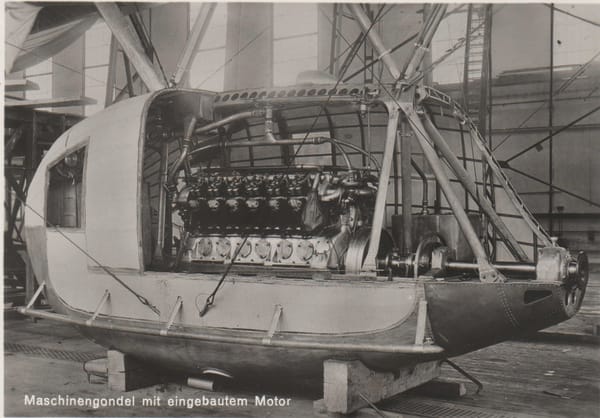
Friedrichshafen, Germany. The propeller shaft is on the right. Courtesy: Author’s collection.
There is a photo showing a section of Royal Flying Corps lads recovering one of the engines of a Schutte-Lanz SL11, in the 48 page booklet, Fifty Years in Brief 1899-1949, a history of the famous Manchester firm of Metropolitan Vickers Electrical Company Ltd, and on page 8 there are three short paragraphs on their massive World War One production output, which included engines for tanks and submarines, turbines for ships, bombs, and magnetos.
These magnetos, before the war, came from Germany where the manufacturer, R. Bosch, held the monopoly and supplies from America were inadequate at this time. The R. Bosch magneto was recovered and sent directly to Manchester for a full inspection and assessment. From this, replica magnetos were developed chiefly by Mr G.A. Cheetham and manufactured. From then on they were referred to as The Trafford Park ‘Bosch’ magnetos. They were eventually produced in large numbers and were said to be the best in use by the Royal Flying Corps and later the Royal Air Force (from 1st April 1918).
LZ - Lufschiff Zeppelin
(meaning Zeppelin Airship) –
the letter L designated it was a
German Navy airship.
Fitted with - four Maybach engines of 210hp (but were continually being uprated to give more power).
Length - 536.42 feet.
Width - 61.35 feet.
Height - 79.40 feet.
Speed - 58mph.
Ceiling - 10,499 feet.
Total range - 2,700 miles.
In general, the specifications of the naval L type Zeppelins during this time were as follows:
Finally, the last person who was directly connected to the Zeppelin era passed away on 8th November 2019, aged 90. Herr Werner Deohner, born in May 1929, was the last survivor of the Hindenburg LZ129 airship disaster and aged eight at the time. He was travelling from Germany with his father, mother, a brother aged 10, and a sister who was 14, on their way to Mexico where his father was employed by a pharmaceutical company. There were around 100 passengers on the Hindenburg. This airship had every comfort - the interior was superbly appointed and included a baby grand piano manufactured in aluminium to save on weight.
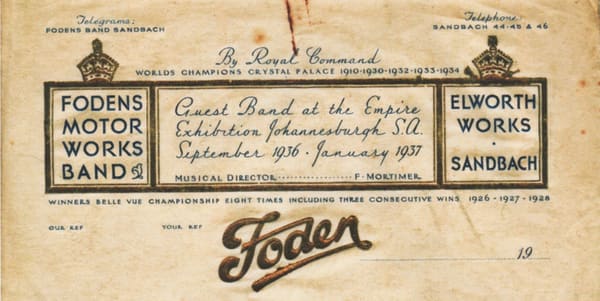
As the airship approached its mooring mast at Naval Air Station Lakehurst, New Jersey, on the east coast of America after a rather stormy passage across the Atlantic Ocean on 6th May 1937. Having commenced its flight from the new airship terminal at Frankfurt, Germany on 3rd May 1937, it is thought a large lightning storm ignited the 7,062,000 cubic feet of hydrogen gas stored in 16 giant bags or cells inside the airship’s envelope. Werner fell out of the craft when about 20 feet from the ground and was caught by a steward. He suffered bad burns to his hands and legs but eventually recovered.
LZ129 had been fitted with four 16-cylinder diesel engines manufactured by the renowned Daimler Benz AG company. They were installed two on each side in a staggered formation and were a type LOF 6. Each engine drove a huge 4-blade propeller and was rated at 1,300hp though when normal cruising height was achieved, they ran at 850hp. They were started by compressed air.
Interestingly, the Zeppelin company only employed mechanics from the firms who supplied their engines, knowing they had a full understanding of how they were constructed in detail. This shocking disaster effectively ended commercial airship flights.
This article is respectfully dedicated to the memory of my very good pal, John Williams, who passed away a few months ago. He was an expert on all aspects of British aviation from the early days to the present, and it was always a joy to sit and have a yarn to him – I will miss him.
*Tim Keenan
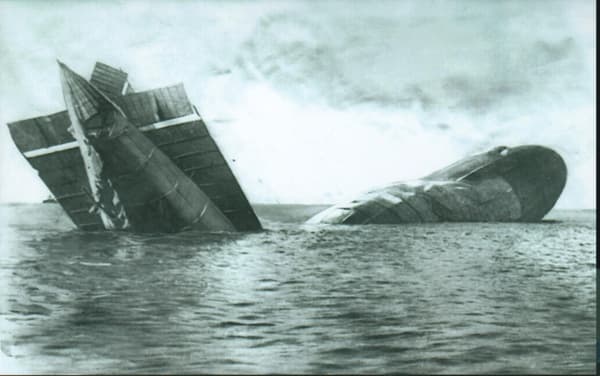
Foot note – although the famed Foden Motor Works has long gone - it closed in July 2006 – the Work’s brass band which dates its origins back to 1900, still continues today with a very strong following. It has performed around the world and has won a host of awards over many decades. In June 1983, Her Majesty the Queen invited them to play at Buckingham Palace by Royal Command, as did her grandfather King George the 5th, and her father King George the 6th before her.
In the north of the UK, many engineering company’s such as Morris Motors, R.A. Lister, the London and North Eastern Railway (Gorton) Manchester, and very, many collieries had (and still have) their own bands, just to name a few, and each year competitions are held and fiercely contested, and so still today the tradition of the brass band carries on.
Acknowledgements:
With thanks to Mike Dyson for providing build details of the Foden wagon 6230. The most excellent book, Dr Eckener’s Dream Machine, the historic saga of the round the world flight of the Graf Zeppelin in 1929. Let the Zeppelins Come, by David Marks, Pub 2017.
Fifty Years in Brief 1899-1949, a short history of the world famous engineering giant, Metropolitan Vickers Electrical Company, Trafford Park, Manchester, fully illustrated with many interesting photos of the works, pub by this firm in 1949.


